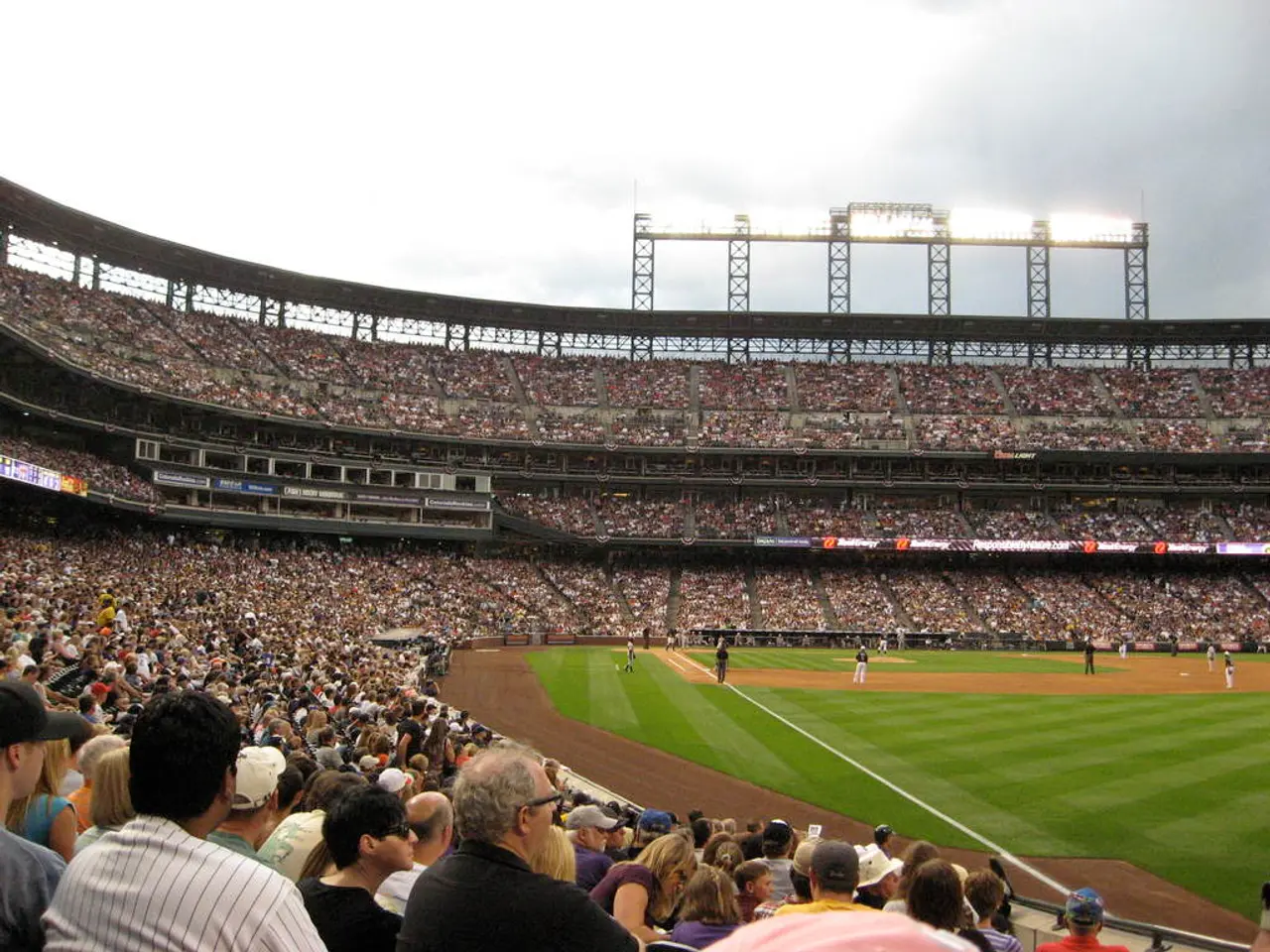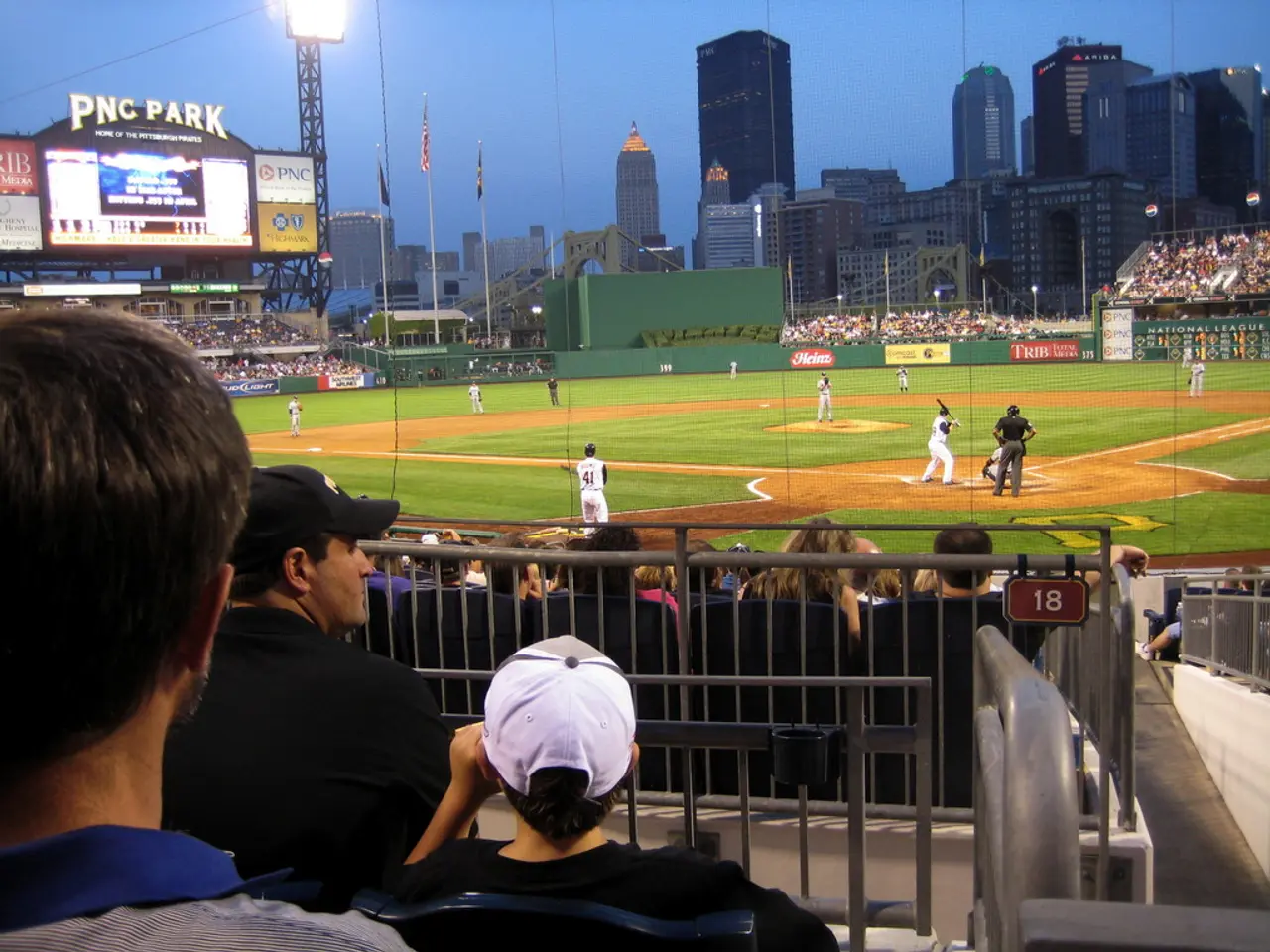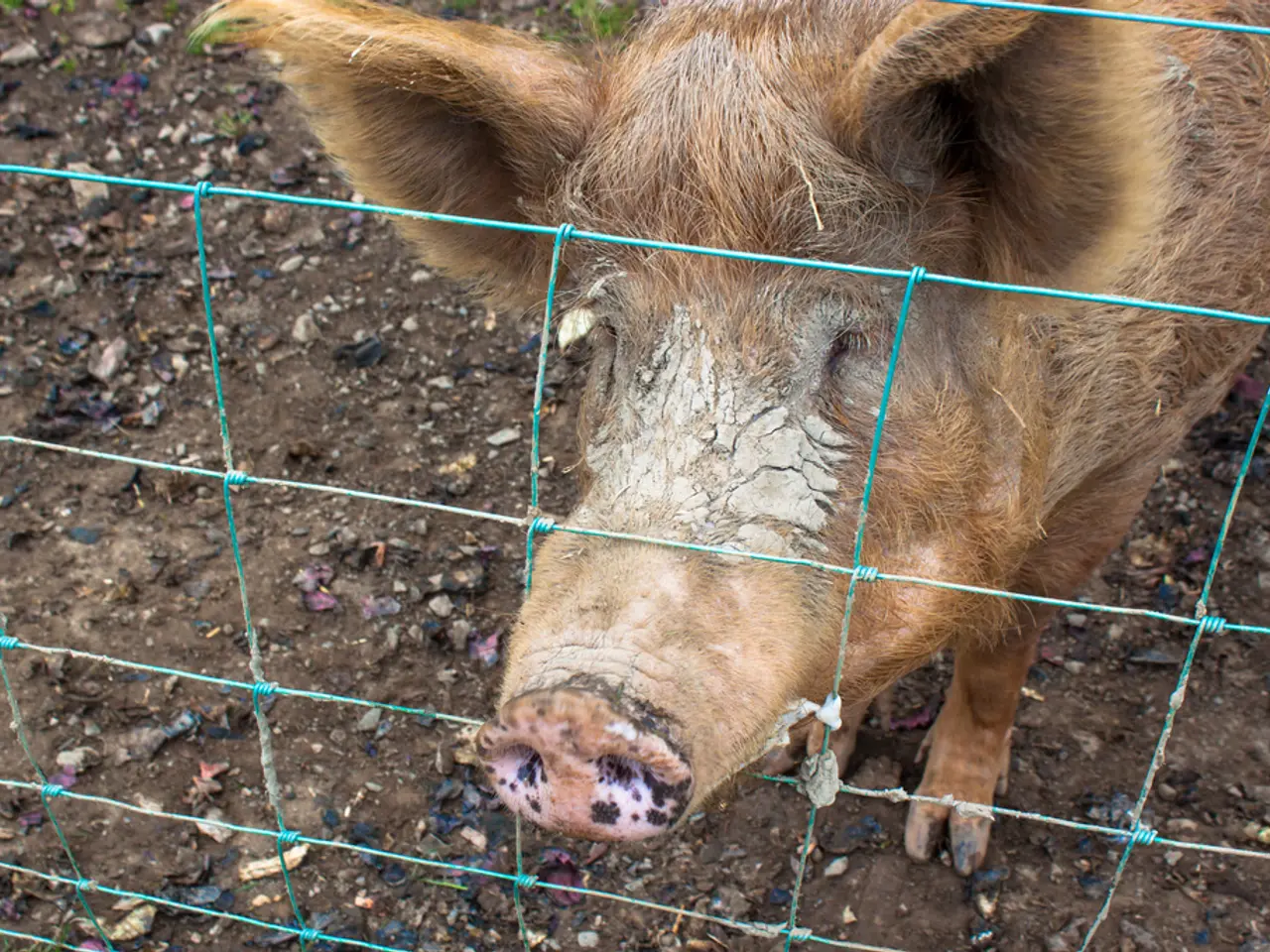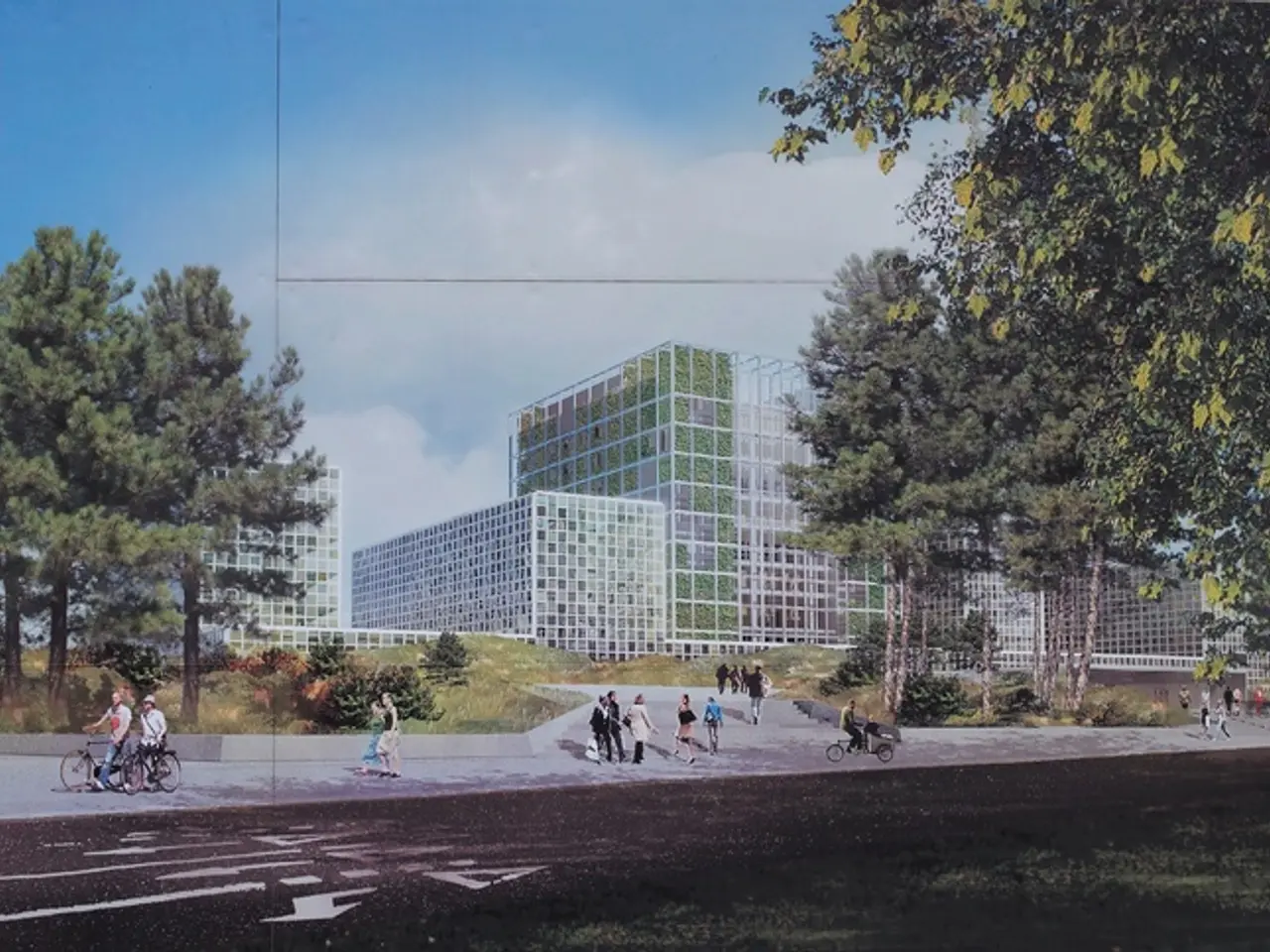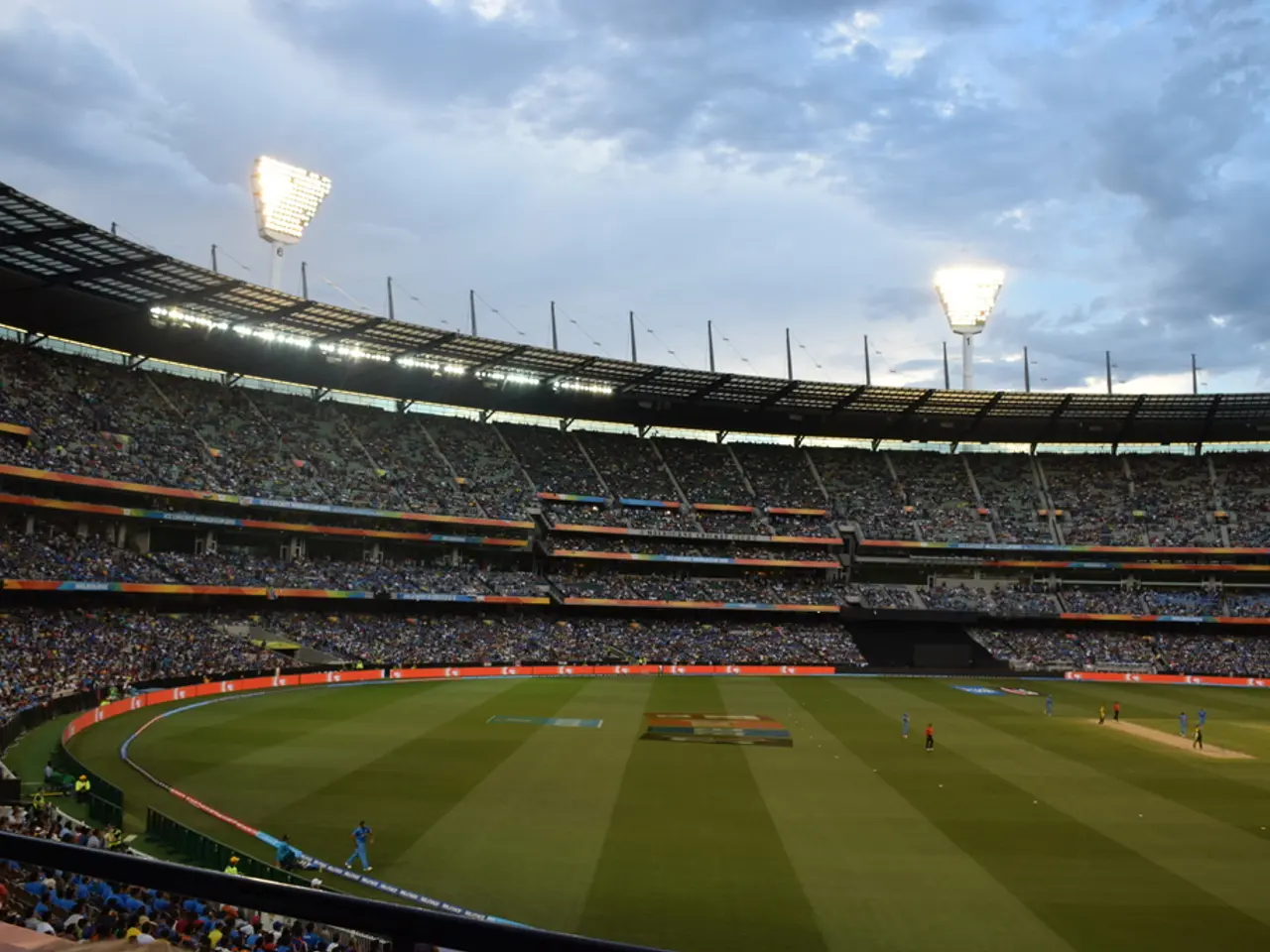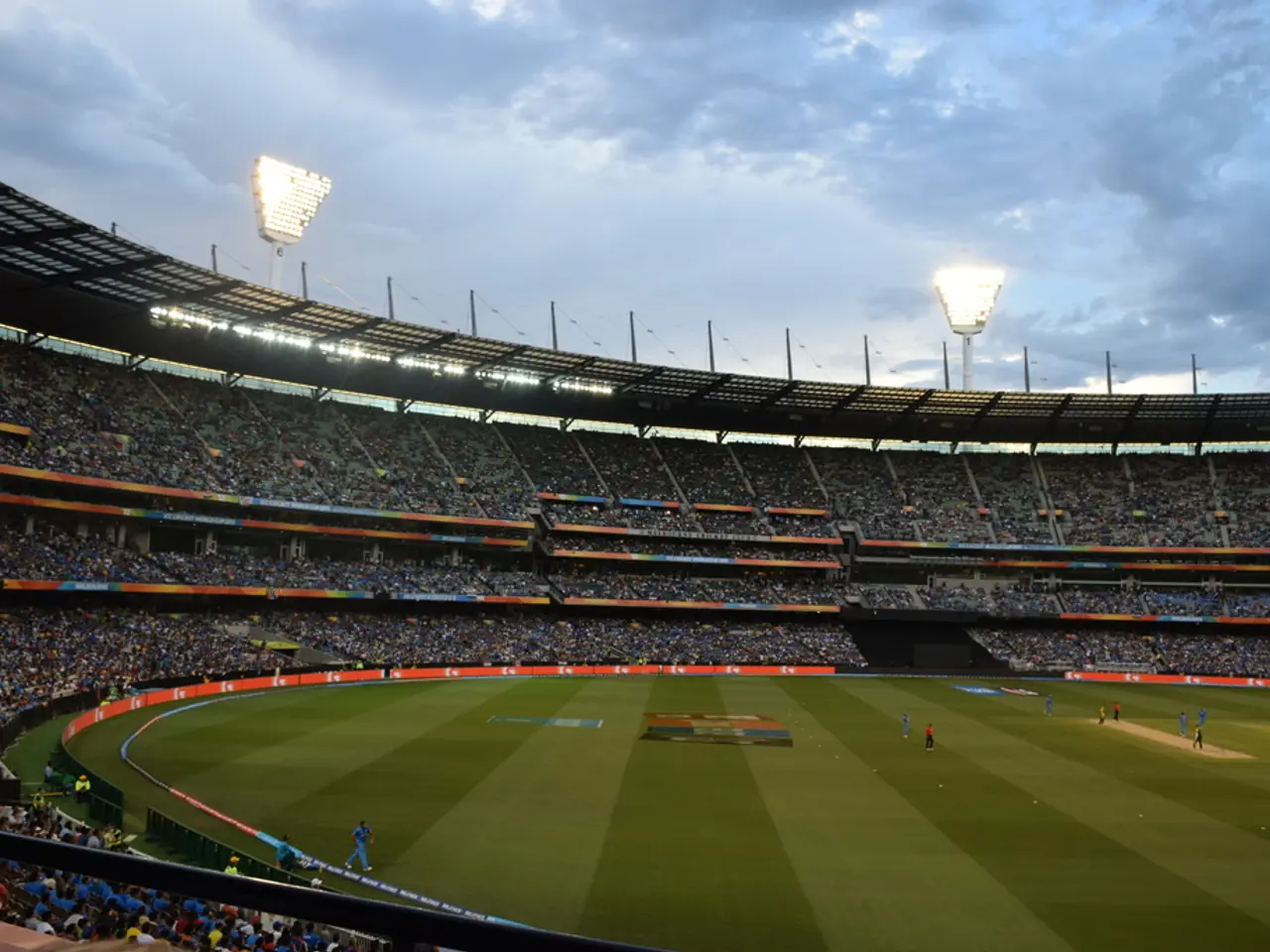Banks potentially lowering mortgage issuance, according to Svetlana Lesnikova
The Krasnodar real estate market is currently experiencing a significant shift, with a sharp decline in new home sales [1]. This downturn, more pronounced in Krasnodar than in major cities like Moscow or St. Petersburg, is largely driven by the end of Russia’s state-supported mortgage subsidy program in July 2024 and continuing high borrowing costs [1].
The falling demand especially affects standard and comfort-class apartments, which are typically more dependent on subsidized mortgages [1]. Nationally, sales in these segments have dropped by 28%, indicating similar or worse trends in Krasnodar [1].
The construction industry in Krasnodar is feeling the impact of these changes. A reduction in new residential construction projects is being seen due to lower sales and financing challenges [1]. Larger developers are beginning to engage more in suburban or individual housing projects, partially to offset declines in apartment demand [3].
One bright spot in the market is the secondary real estate market, which has experienced a sharp increase in demand, primarily due to a decrease in the key rate and an increase in cash purchases [2]. In the first half of 2025, there was a significant increase in demand for buying apartments in Krasnodar, with a +70% month-to-month increase and a +192% year-over-year increase [6].
However, this surge in demand is expected to last until at least September, after which it will decrease [4]. Moreover, the niche of companies that attracted family mortgages for purchasing ready-made homes or their construction is absent from the market today [5].
The government may change the conditions of support for preferential mortgages and other state programs [7]. Developers are facing financing issues and delays in project completion due to changes in the use of maternity capital as an initial deposit [8].
Infrastructure requirements have become a significant challenge in the individual housing construction segment [9]. The difficulty in obtaining compliance certificates for properties from the Social Fund is hindering buyers [10].
Despite these challenges, Krasnodar continues to be a magnet for residents of other Russian regions due to its favourable climate, developed infrastructure, and relatively affordable housing compared to Moscow and St. Petersburg [11]. Affordable mortgage programs and regional initiatives create favourable conditions for the development of the construction industry in Krasnodar [12].
Official plans by Kuban builders predict an 8% increase in residential housing commissioning in 2025, predicting the handover of 2.86 million square meters of multi-family homes compared to 2.65 million in 2024 [3]. Anticipated policy adjustments, such as the potential introduction of differentiated regional mortgage rates, could help moderate the situation [5]. However, experts warn that in high-demand areas like Krasnodar, this may increase housing prices, potentially negating affordability benefits [5].
In summary, the Krasnodar real estate market is currently facing a steep contraction in new home sales due to financing and subsidy changes, substantially impacting construction activity. However, regional policy innovations and a shift towards suburban private housing may partially mitigate these effects over time [1][3][5].
References:
- Source 1
- Source 2
- Source 3
- Source 4
- Source 5
- Source 6
- Source 7
- Source 8
- Source 9
- Source 10
- Source 11
- Source 12
In the current circumstances, the decreasing interest in standard and comfort-class apartments [1] has resulted in a decline in the sales of these properties, not only in Krasnodar but nationally [1]. Conversely, there has been a surging demand in the secondary real estate market, with an increase in cash purchases and a higher preference for ready-made homes [2].

